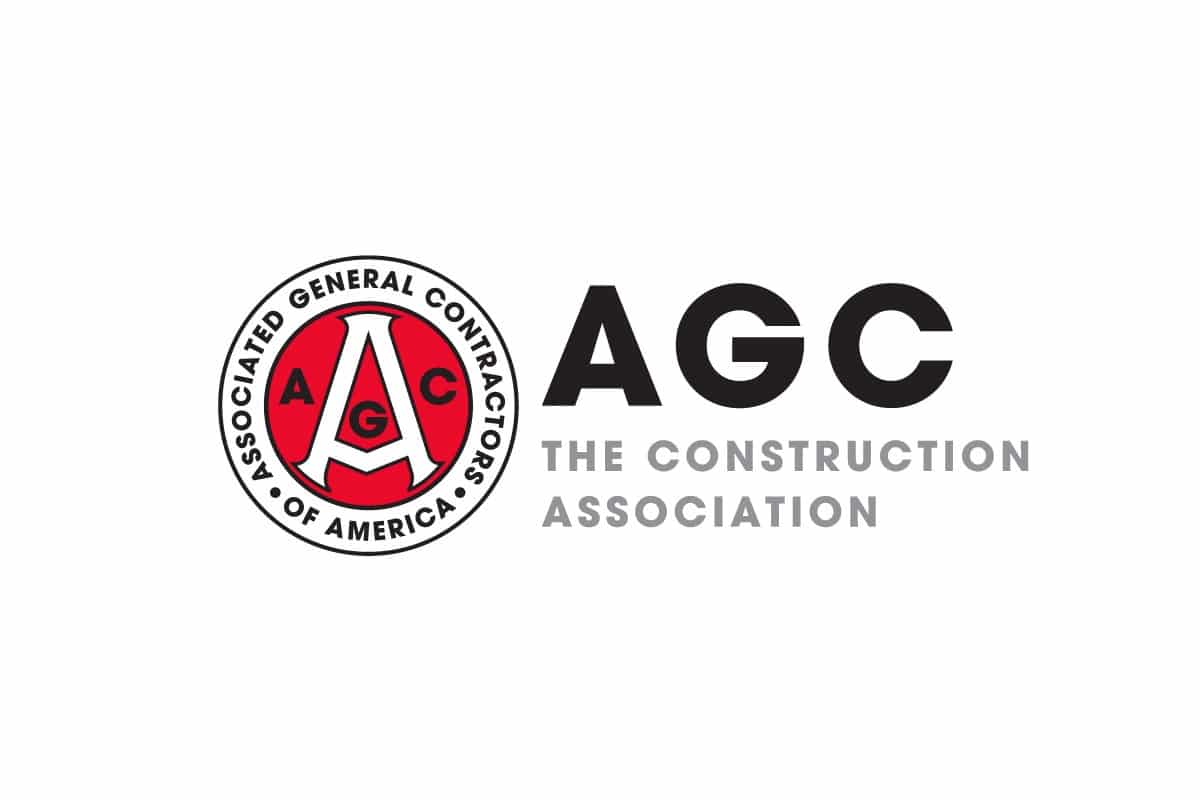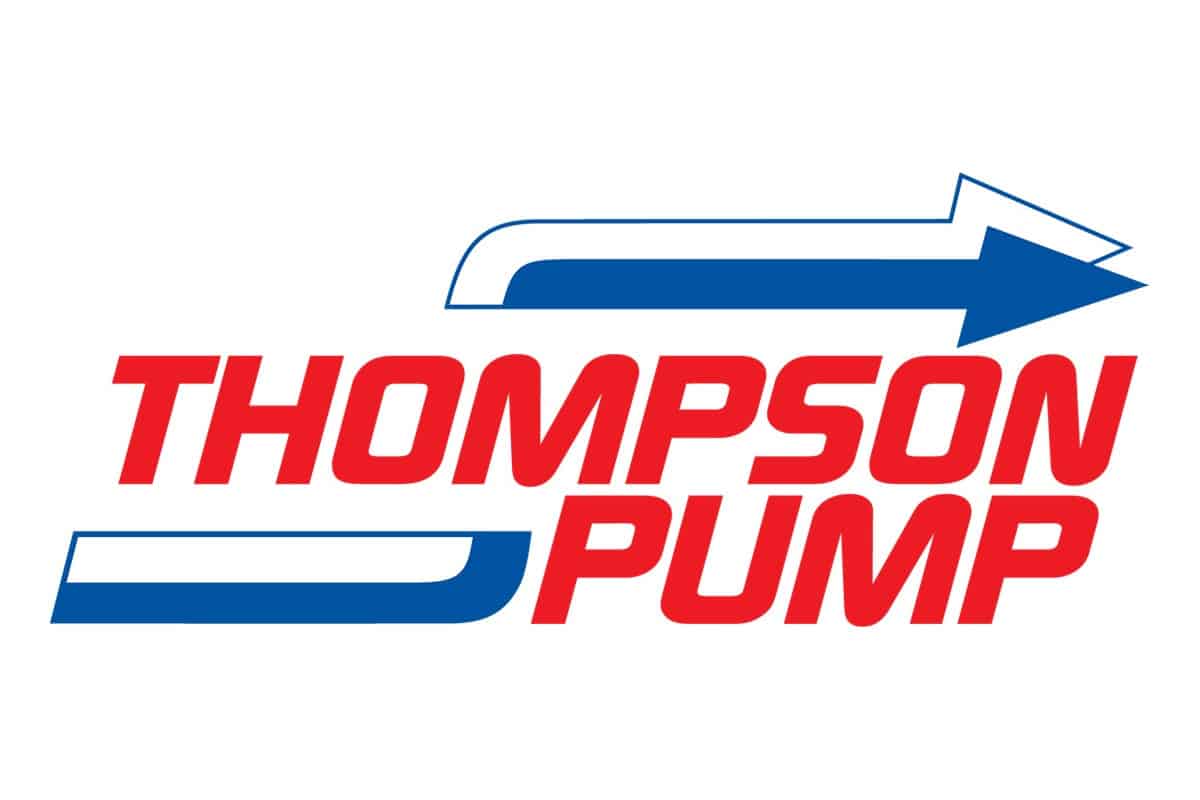Small but Mighty

Because of that unique combination of features, utility terrain vehicles, or UTVs, are growing in popularity across a broad spectrum of industries and occupations. From farming and golf course maintenance to event management and beyond, UTVs deliver a broad range of time and money-saving benefits. But what about the occupation that’s nearest and dearest to our hearts?
According to John Sketchley, Aftercare Development Manager for JCB utility products, these fun little vehicles can also help many utility contractors be more productive on the job.
“Our national account salespeople are currently selling our Workmax UTV to rental dealers, primarily due to the fact that these dealers often have large contracts with gas pipeline companies,” says Sketchley. “Gas companies find these vehicles particularly useful because a worksite can span a fairly large area, and a UTV can get people, tools and supplies from Point A to Point B quickly. UTVs perform so well off-road, and they really excel in hilly areas while still providing safe transport.”
Sketchley says that, basically, if the type of utility work a contractor performs requires the transport of people or materials over significant distances on a contiguous jobsite, a UTV can be an excellent tool.
“In addition to utility construction work, UTVs are also very useful for waste management and road maintenance crews,” says Sketchley. “We don’t really see as much use for these vehicles by electric companies, cable providers or water agencies because the type of work they do doesn’t match that profile. On the other hand, a garbage company can use UTVs to pick up trash in various neighborhoods and bring it back to the large truck. A city’s downtown maintenance crew can use a UTV to collect trash from sidewalk trash receptacles or attach a blade to remove snow from pedestrian walkways or city-owned parking lots. The smaller size of a UTV allows it to easily pass under low walkways or bridges or through tight alleyways.”
Choose Wisely
Since UTVs are primarily used for transportation purposes, some may think it would be wiser to simply purchase a normal-sized truck that’s also able to travel on- or off-road. Because it’s very rare that the person purchasing a UTV is the same person who will be operating it every day, the decision often comes down to money and on-the-job safety.
“The ticket price of a UTV is much lower than that of a new truck,” explains Sketchley. “On top of that, with our diesel UTV, you can get over 40 miles per gallon. Right there, you can save a significant amount of money in fuel costs alone as long as the items you’re transporting can fit into the UTV bed. Plus, the maintenance costs involved with a UTV are far less than those of a truck. You can accomplish so many of the same tasks with a UTV — the main difference between the two is that you have to transport the UTV to the worksite, and you can’t drive it home at the end of the day. It’s also possible to purchase 10 UTVs for the same price as one large truck, so if having a fleet of vehicles makes sense on a particular jobsite, UTVs can be ideal.”
Whether a contractor or utility provider is in the market for one UTV or a fleet of them, what’s the best way to choose the right vehicle with the appropriate options and attachments? That’s when the UTV dealer needs to step up and offer his or her expertise. Sketchley says the first step in any successful UTV purchase is to sit down with a dealer sales representative who’s a UTV expert and explain how the vehicle will be used on a daily basis.
“Tell the representative how you plan on using the UTV, and he or she should be able to point you in the right direction,” Sketchley advises. “If the dealer is in tune with the customer’s application, the transaction is virtually set up for success. You want to make sure you’re buying a UTV that has the right options and is constructed in such a way that it can handle everything you’re going to put it through.”
Sketchley says that it’s important to consider all possible uses for a UTV on the job and then select the model that can best tackle those uses. For example, a city may want to purchase UTVs that workers can use to haul gardening equipment to various downtown flower beds in the spring and summer months, as well as clear snow from sidewalks in the winter season. “This means making sure the UTV has a snow blade attachment and the right kind of tires with excellent traction,” Sketchley adds. “It may also mean purchasing units with options like heaters, full cabs and front glass. The number of options available for UTVs is really quite impressive. You can choose from glass screens, acrylic screens, mesh screens, hard doors, soft doors, front and rear mirrors, bench seats, bucket seats — you name it.”
Another important consideration when purchasing a UTV is its rear bed construction. While many UTVs come with heavy plastic beds, those won’t work well if the contractor plans on attaching any metal brackets or other metal parts. “Say an urban forestry crew is going to attach a sprayer to the UTV’s rear bed so that the crew can use it to go out and spray trees to protect them from disease or vandals,” explains Sketchley. “You’d want a steel bed, because you simply can’t weld or bolt that type of item to a plastic bed successfully for the long term. It’s something to think about before purchasing.”
Safety and Maintenance
Utility work, like many other professions, can be dangerous. Since work can take place in rugged conditions, it’s imperative to have a UTV that can handle off-road travel safely. However, even on relatively smooth city trails and sidewalks, safety should be a priority. Because UTVs can be quite fun to drive, it’s often tempting to take them up to higher speeds than necessary while on the job.
“There are some UTVs that can travel at up to 70 or even 80 mph,” says Sketchley. “While that may sound great in theory, it can be a big liability in the workplace.”
Other important safety considerations include the type of braking system the UTV uses. Some vehicles have primary disc brakes on all four wheels, while others only have two disc brakes. This can be the difference between a machine sliding down a hill and one that will stop and stay motionless. A certified rollover protection structure (ROPS) and 50-50 weight distribution are necessary for safety and stability on slopes and gradients. Seatbelts and headrests are also important to keep passengers safely inside the vehicle and save them from potentially painful whiplash injuries in the event of a crash.
Other than the typical regularly scheduled maintenance, UTVs don’t require a great deal of attention. There are the regular daily checks one would expect — oil levels, gearbox levels, engine levels, tire condition and driveshaft grease. Because UTVs are usually operated in rough environments by individuals who aren’t personally invested in the vehicle, it’s important that they be as indestructible as possible.
Lynette Von Minden is a Senior Public Relations Counsel for Swanson Russell, a marketing communications agency located in Lincoln, Neb.




